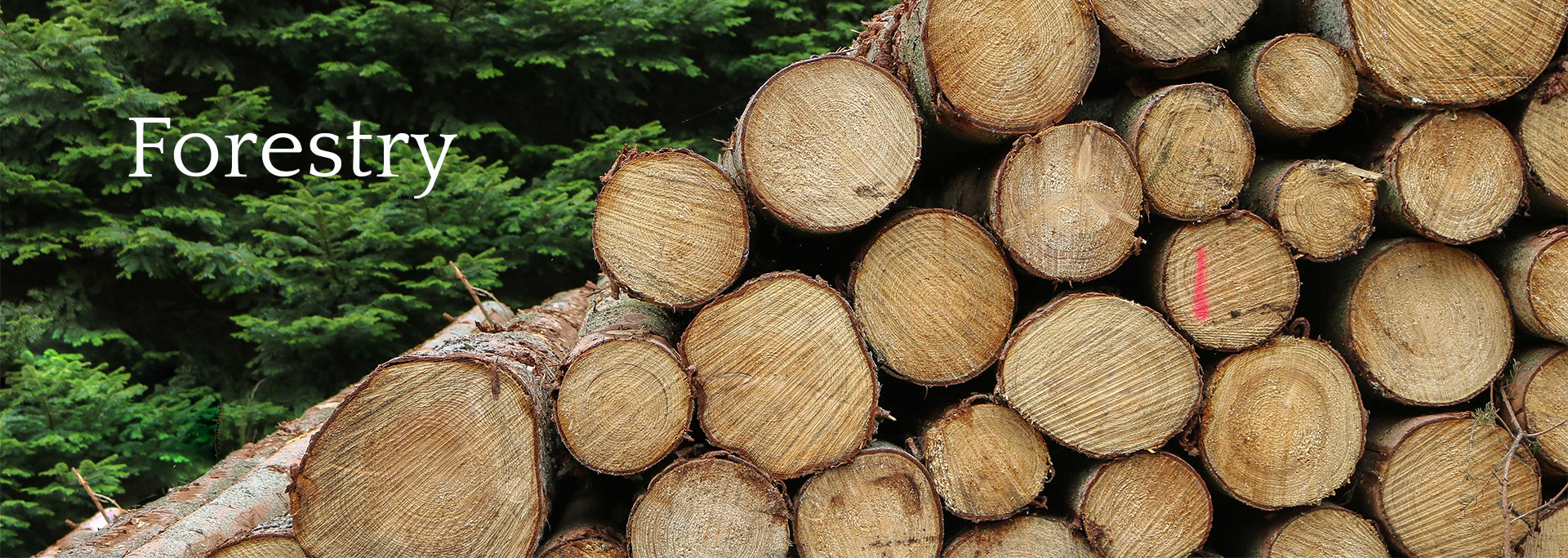
The African tropical hardwood production sector is led by the natural forestry producer countries across West and Central Africa, many of which are concentrated in the Congo Basin. Referencing data from the ITTO, these countries appear to be producing around 32 million m3 non-coniferous tropical roundwood annually, with an export value of more than $10bn, before any value addition.
The African tropical forestry sector is largely concentrated in West and Central Africa, and more specifically within the extended Congo Basin, embracing Gabon, Cameroon, Democratic Republic of Congo (DRC), Republic of Congo and Central African Republic. The process of awarding concessions for harvesting natural forests was initiated during the colonial era, a period during which huge concessions were granted, with considerable privileges, including for recovery of natural resources and exploitation of local labour. Within the latter half of the 20th century, African governments sought more balanced arrangements with concession holders mandated to provide social and infrastructure benefits in return for the opportunity to harvest the timber resources. Concessions today are likely to include a technically sound logging plan, a commitment to a sustainable forestry management plan, commitments to construction of processing facilities, logistics infrastructure, local employment objectives and the delivery of social benefits/services.
A report by Alain Karsenty of Cirad in 2007 concluded that forest concessions across West Africa (Liberia, Ghana, Ivory Coast) and Central Africa (Cameroon, Congo, Gabon, CAR, DRC and Equatorial Guinea) provided formal employment for some 135,000 workers, and possibly informal employment for more than another 115,000 workers.
The concession companies were traditionally European, and many European names still retain significant forestry operations, including Rougier of France, Sodefor of Liechenstein, Cora’ Wood of Italy, Wijma of the Netherlands, ALPI of Italy and Interholco of Switzerland. However, Asian names are also important within the sector today, including Olam of Singapore, the Rimbunan Hijau Group of Malaysia, which operates under a number of subsidiaries including Shimmer (Equatorial Guinea), Taman Industries (Republic of Congo) and Bordamur (Republic of Gabon), the Yihau Group of China (Gabon), and the Vicwood Group of Hong Kong (Congo Basin).
The various international markets have different and even divergent needs: on the one hand, demand for increasingly processed products for “mature” markets (square-edged, dried, finger-jointed, glued); on the other hand, continued “traditional” demand for raw products (logs, sawn timber) for “emerging” markets.
Based historically on a South-North axis, the tropical timber market has undergone a far-reaching transformation over the past two decades. It has opened up considerably to international markets with the development of South-South trade and the growing importance of markets in China, India, Malaysia and Vietnam, as well as the Middle East, South Africa and Turkey. This trend has also been accompanied by the development of new emerging markets, in Africa, Bangladesh, Indonesia and the Philippines. Containerization, changing consumer habits, and the globalization of international trade have been the main factors behind these developments. Containerization has played a role too, enabling the African producer countries to reach out to international markets, and thereby making African tropical hardwood a recognized and valued commodity around the world.
The financial results of managing African tropical hardwood concessions are available in some detail from only a small number of companies. Most of the operators, are private, or if listed, their forestry divisions do not provide segregated financial results; this is especially true of the Asian operators. Amongst the listed European operators, the financial difficulties of Rougier have dominated headlines in 2018. The French company, now nearly a century old, with some 2.4 million hectares of concessions across four countries in the Congo Basin, filed for protection against creditors in March 2018, and has subsequently sold its concessions in Cameroon and Central African Republic. There appear to be no North American or Australasian operators. Those operators which do publish financial data, reveal EBITDA margins ranging from 18% to 8%, and net margins in low single figures, with low-end returns on equity invested. These operators stress the ‘triple bottom line’ benefits accruing from their operations.
Certain of these operators would like to engage with investors mandated to blend financial returns with social and environmental benefits. These companies believe, that with the appropriate funding, they could establish better risk diversified portfolios of assets, more efficient local production facilities, and by providing positive leadership examples in the sensitive, sustainable management of the assets under their stewardship, produce positive change across the sector.
For a more detailed guide to the African Natural Forestry Sector, please see March 2018 report prepared by Doug Hawkins in partnership with an associate company.
